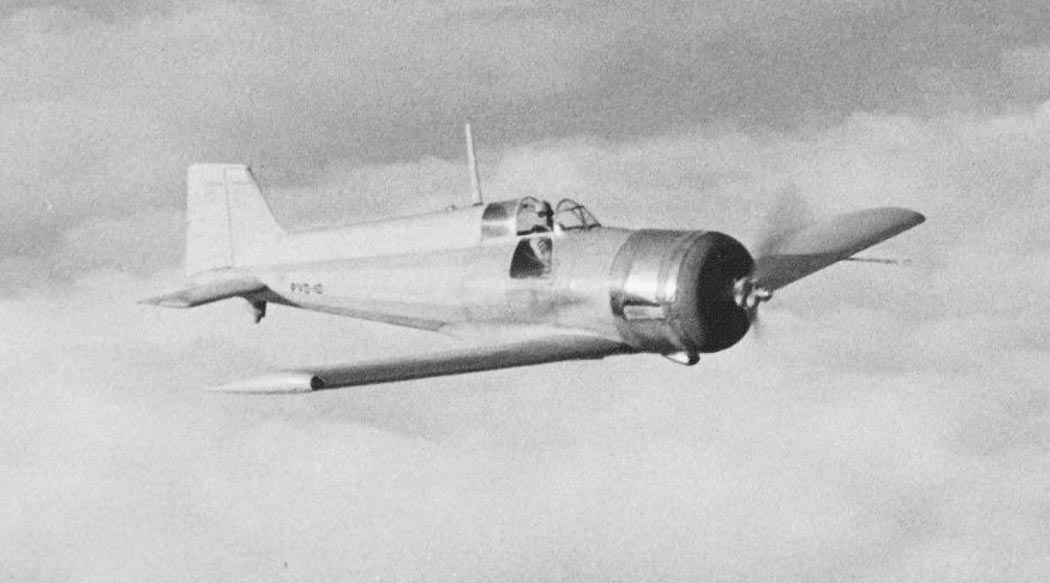Vickers Venom
The Vickers Type 279 Venom was a British low-wing monoplane single-seat, single-engined, eight-gun fighter, powered by a radial engine. Intended for use in hot climates, it was fast and maneuverable but its engine lacked the power and development potential of Rolls-Royce Merlin-powered designs and it and other designs to the same specification – Bristol Type 146, Gloster F.5/34, and Martin-Baker MB 2 – were passed over with only one built.
Publicly unveiled at the 1936 Society of British Aircraft Constructors (SBAC) display, the Venom appeared in natural polished metal and silver dope on the fabric control surfaces, with private venture registration markings: PVO-10. In testing, the Venom performed well on the limited power of the Aquila, achieving a maximum speed of 312 miles per hour (502 km/h) and possessing an excellent climb rate. The compact radial engine gave the Venom a better rate of roll and turn than its long nosed water-cooled competitors but it was soon clear the potential power from the Merlin was greater than was likely to be available from the Aquila in the near future, with only limited development of this engine being undertaken, while no other engines were available suitable for fitting in such a small airframe. Jeffrey Quill flew the Venom from Eastleigh, mixing it with Spitfires but the Venom’s flying was limited by engine problems. Later flying with RAF roundels and marked with “3” on the fuselages sides, the Venom was painted a cream colour for exhibition purposes. The need to concentrate on the Spitfire led to the scrapping of the sole Venom prototype in 1939, after a crash in testing.













